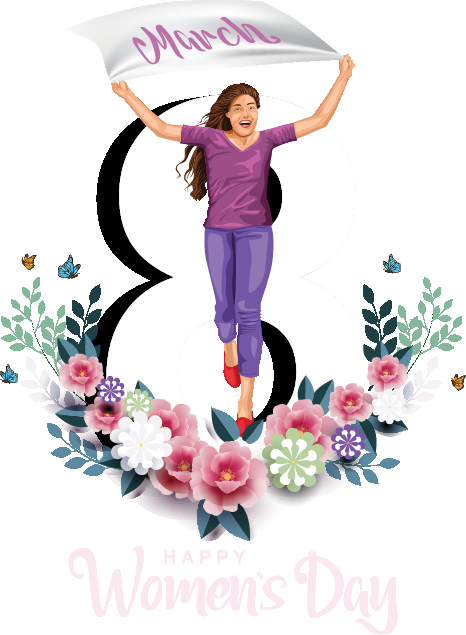800 800 001
Critical Illness Vs Income Protection
Understanding the difference between critical illness cover and income protection plans is essential for making informed financial decisions in the UAE. Both types of insurance provide valuable financial support during challenging times, but they serve distinct purposes and cater to different needs.
Critical illness cover offers a one-time lump sum payout if you’re diagnosed with a serious medical condition, such as cancer or heart disease. This payout can be used to cover medical expenses, mortgage payments, or lifestyle adjustments, ensuring you and your family have financial stability during recovery.
Income protection, on the other hand, is designed to replace a portion of your income if you’re unable to work due to illness or injury. It provides ongoing financial support until you return to work or reach retirement age, ensuring you can manage daily living costs and maintain your standard of living.
This page is designed to help you compare these options and choose the right coverage for your needs. Before we dive into the differences between critical illness cover and income protection insurance, find out what critical illness cover and income protection plan are.
Buy Critical Illness Insurance Plans In UAE
What is Critical Illness Cover?
Also known as critical illness insurance, critical illness coverage offers financial coverage if the life assured is diagnosed with a serious disease. Upon disease diagnosis, the insurance company pays a lump sum to the life assured’s family. The payout can be used for any purpose ranging from getting treated to using it as an income replacement.
Critical illness insurance is often overlooked in comparison to term and health insurance, primarily due to limited awareness and misconceptions about its importance and cost. However, it plays a crucial role in providing essential financial support by offering a lump sum payment if diagnosed with a serious illness. This coverage acts as a safety net, ensuring access to quality care without adding financial stress.
Some of the main critical illnesses include -
- Heart attack
- Stroke
- Cancer
- Major organ transplant
- Terminal liver failure
- Aorta graft surgery
- Parkinson’s Disease
- Heart valve surgery
- Paralysis
- End-stage kidney failure
- Dementia
- Motor neuron disease
- Coronary artery bypass surgery
- End-stage lung disease
- Multiple sclerosis
What is an Income Protection Plan?
The income protection plan provides coverage where the life assured’s dependent receives a monthly income in case the life assured passes away or becomes disabled due to an accident or loses a job. Usually, for this, no medical tests are required.
What is the Difference between Critical Illness Cover and Income Protection?
Here’s a comparison between critical illness coverage and income protection -
| Critical Illness | Income Protection |
|---|---|
| It is paid out at the time when the life assured is diagnosed with a critical medical condition. | The payout acts as an income replacement when the life assured is unable to work. |
| The payment is paid out in lumpsum at the time of disease diagnosis. | The payment is made as regular monthly earnings. |
| Income protection is usually more expensive than critical illness insurance because it offers broader coverage and lasts longer. It provides ongoing financial support until you either return to work or retire. | Critical illness insurance offers a fixed lump sum for a shorter period, making it more affordable. |
| Income protection plans include a deferral period, which is the waiting time you choose before receiving your first payment. | Critical illness insurance pays out immediately after the claim is processed and approved. |
Critical Illness or Income Protection: Which is Better?
When deciding between income protection and critical illness coverage, consider your personal and family needs, along with your financial goals.
If you want to replace your income while recovering and returning to work, income protection may be ideal. It provides steady earnings during your recovery period.
Critical illness insurance, on the other hand, offers a lump sum if you're diagnosed with a serious condition. This can help cover major expenses like a mortgage or loans, or give you the flexibility to spend quality time with loved ones.
More From Critical Illness
- Recent Articles
- Popular Articles
















